Legacy Care
Betanzos (A Coruña, Galicia)
Period: 2018-2024
Between the end of the 19th century and the first third of the 20th century, a group of indianos created in Betanzos (A Coruña) The Pastime, The heritage of the emigrants' social commitment is a legacy that speaks of heritage, learning, leisure, masonry and philanthropy, but also of other current migrations, in which Galicia is a place of migration. From that social commitment of the emigrants remains a legacy that speaks of heritage, learning, leisure, masonry or philanthropy, but also of those other current migrations, in which Galicia is also a place of welcome. With this concomitance we want to pay tribute to these acts of social justice through philanthropy, to think about the return and the commitment to improve welfare and at the same time question how we have not been able to maintain in an optimal state a legacy that speaks of us, and that constantly dialogues with the contemporary.
Protagonists
Artists
Principals
Asociación Amigas Parque do Pasatiempo Lara Dopazo Ruibal Jesus Castro Oscar Gorriz
Mediators







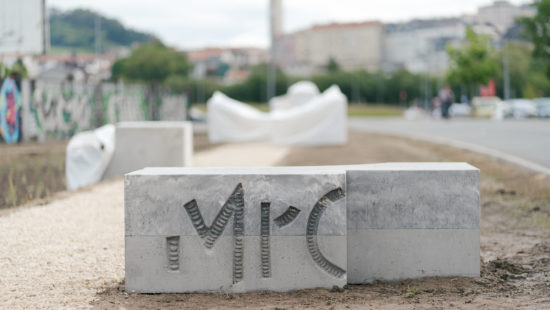
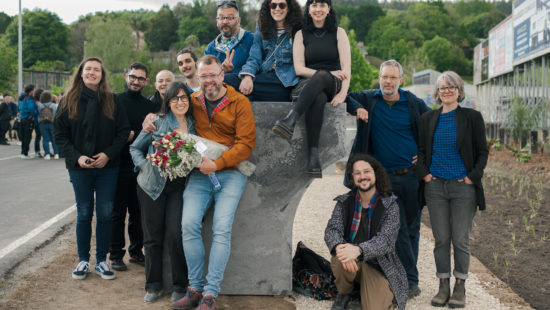
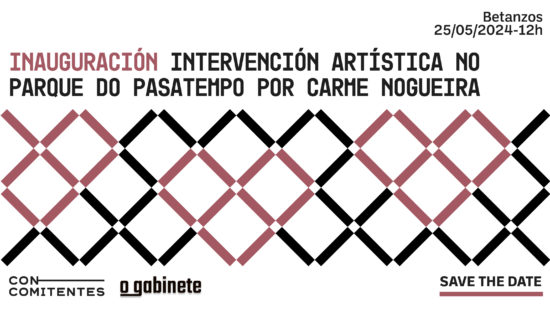
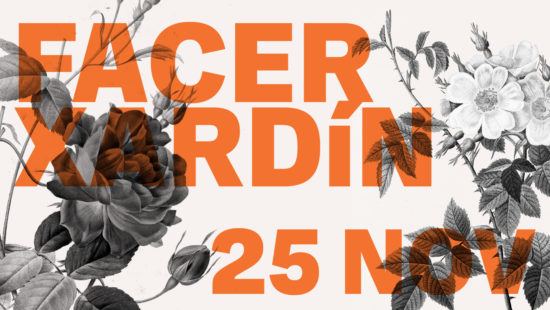
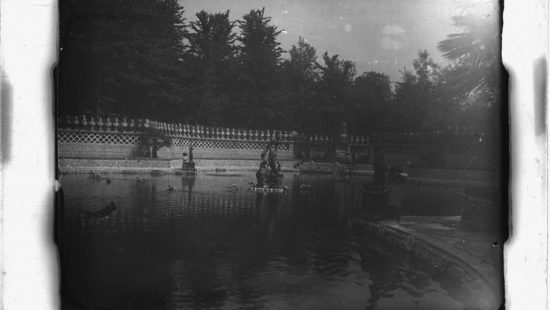
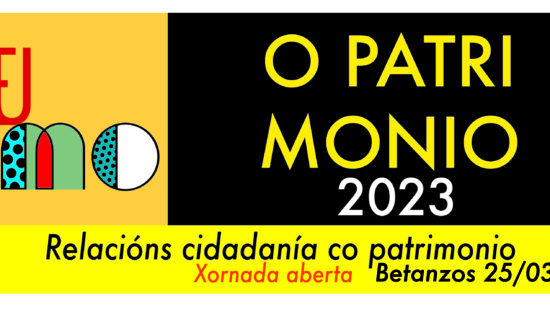

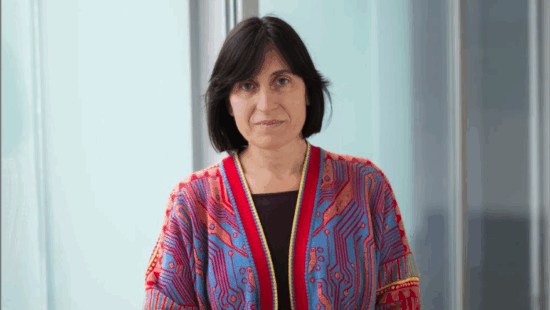
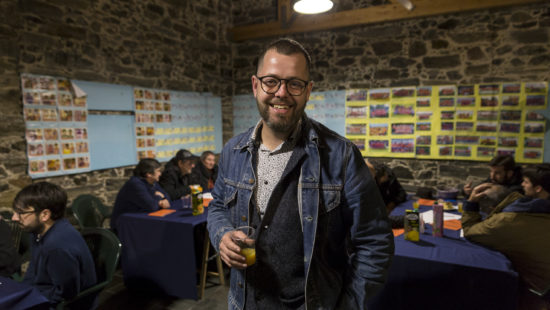
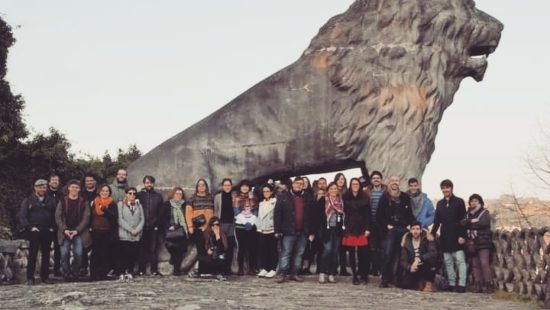
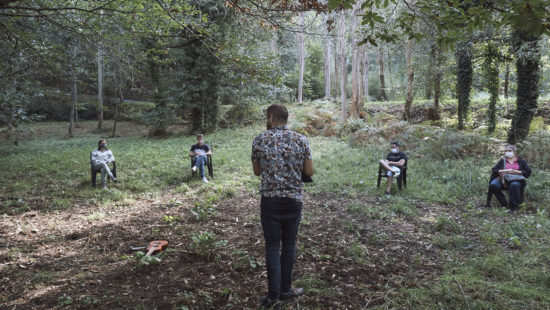
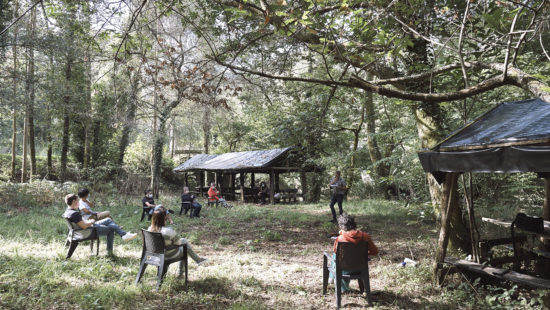

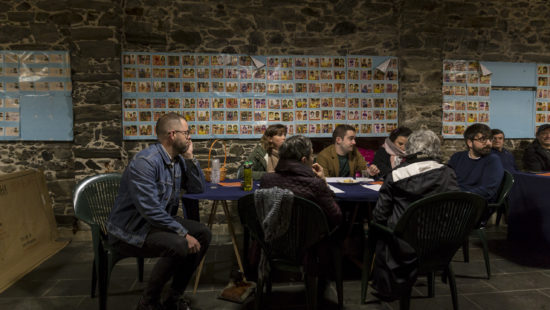
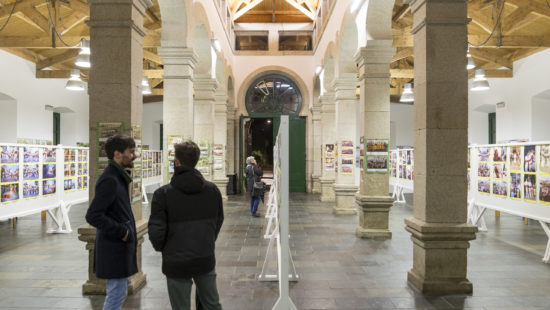
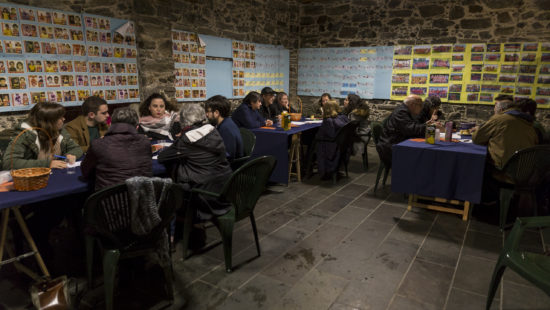
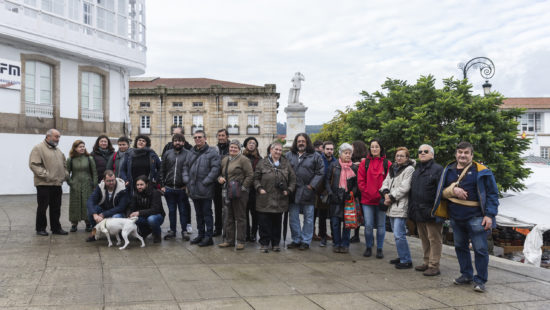
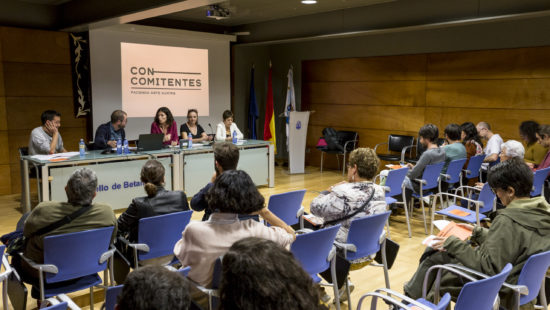

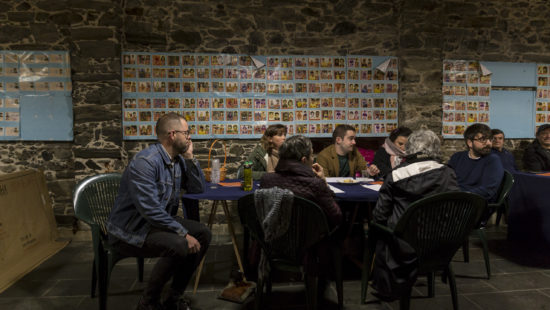
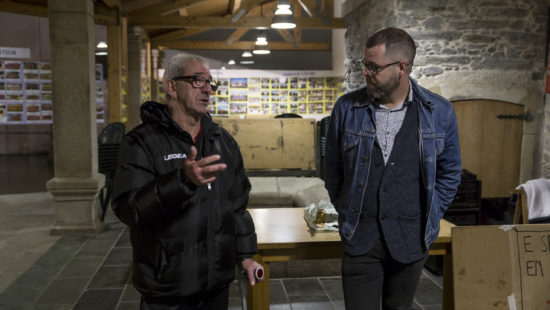
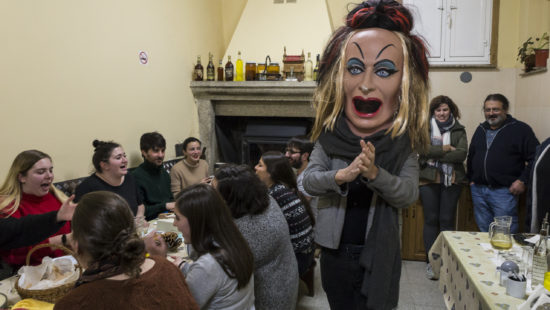
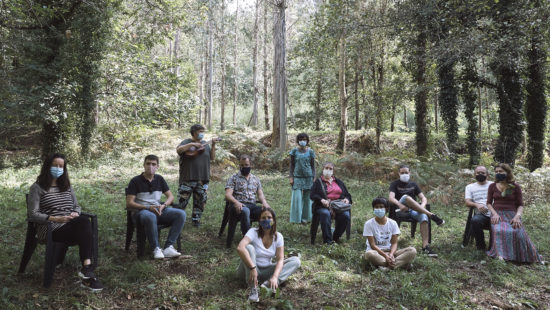
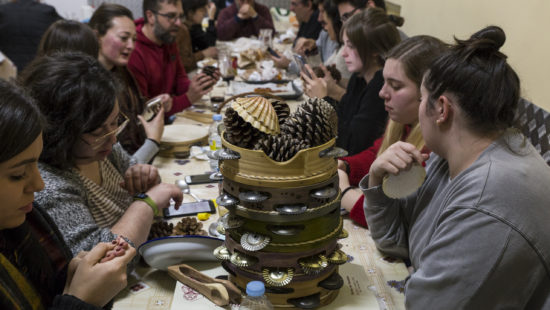
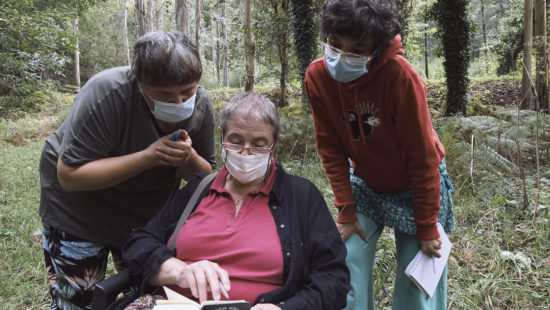

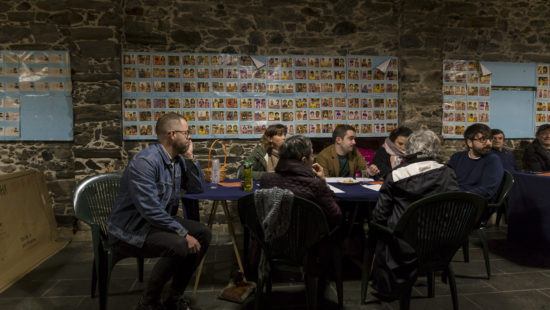
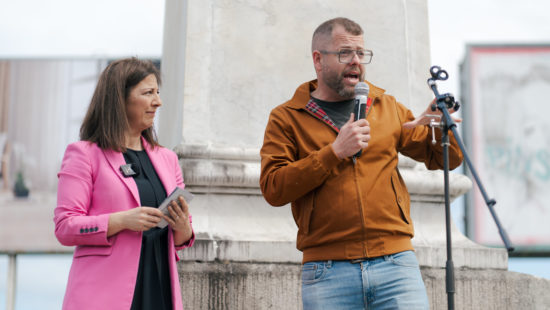
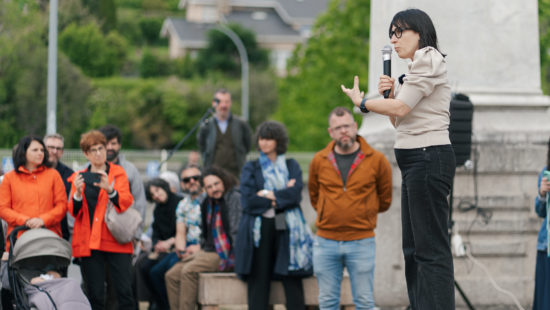
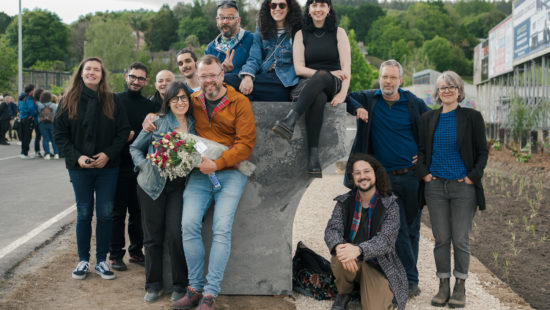

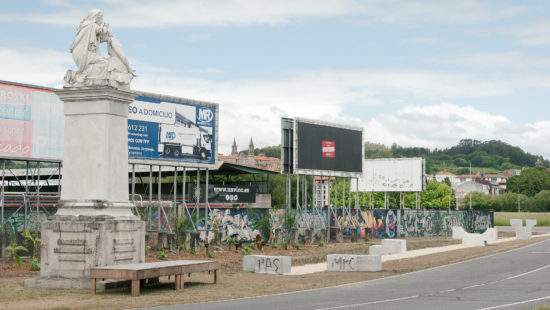
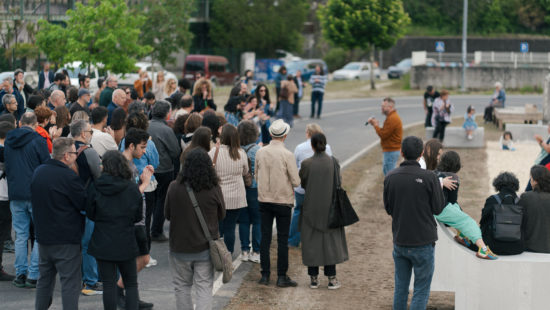



 Concomitentes
Concomitentes